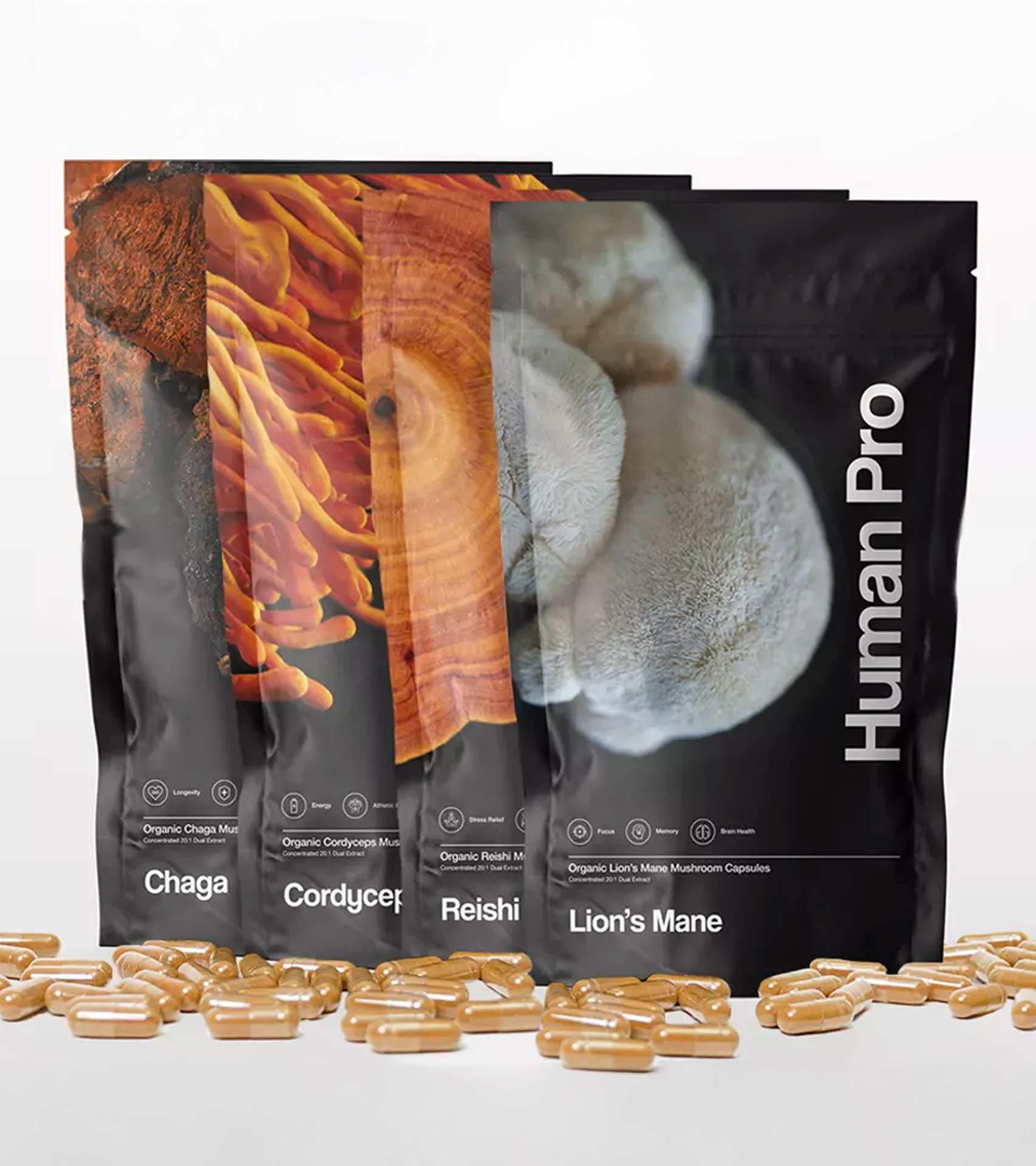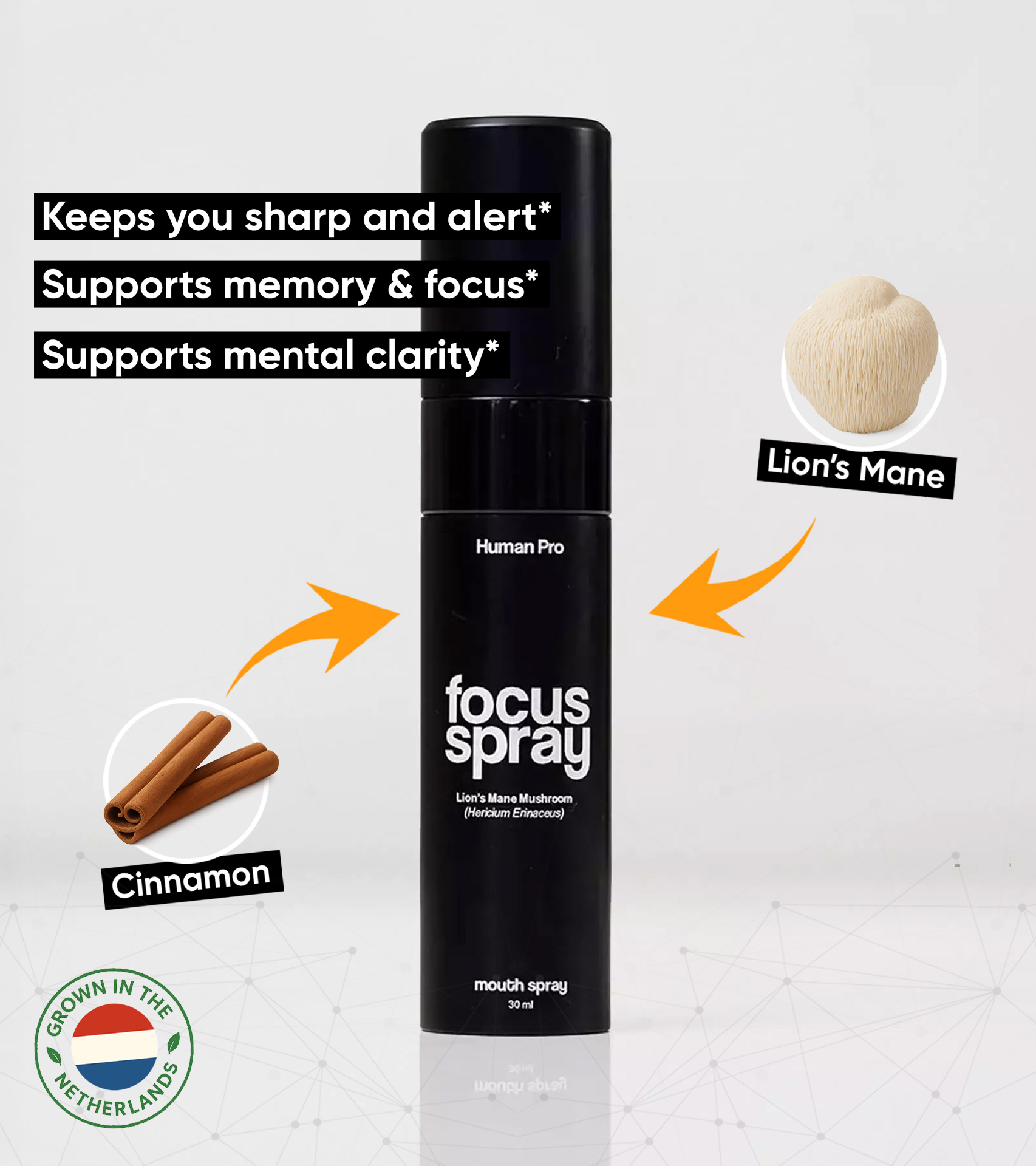If you’ve joined our bi-monthly microdosing group coaching calls, you will have heard me repeatedly talk about the necessity and the power of tracking and journaling while microdosing.
Looking back on the last two decades, we can clearly see that personal data is immeasurably valuable.
We give our data away for others to collect and analyze without considering how it might benefit us to use our own data, for our own benefit.
Within the context of microdosing, two types of data collection are at play; tracking and journaling.
The difference between the two is like the sun and the moon, each illuminating parts of our lives in their own specific way.
Tracking When Microdosing
Tracking is the practice of keeping a consistent record of dosages and their dates.
We at Microdose Pro are one of the few who emphasize the importance of knowing our microdosing sweet spot.
A microdosing sweet spot is a dosage unique to us that is both sub-perceptual and also inducing a sense of flow.
No two people have the same sweet spot dose and our own dose can even change over time.
Knowing how to zone in on our sweet spot, over and over, is made possible by the additional practice of tracking our doses.
Because this is such a vital part of microdosing, we’ve created two ways to find your own personal sweet spot.
Our Microdosing App Sweetspot
Did you know that we have recently launched an app that can make tracking and journaling even easier?
From tracking your doses to setting reminders and journaling your thoughts, all while you are on the go.
Download an iOS version here.
Download the Android version here.
I would not skip this part of the microdosing practice and would even urge you to spend a few moments deciding what you want to measure moving forward.
Tracking can be while you are on the move.

Download our Notion Template
A second way to track your sweet spot is to use our custom Notion template. This template gives you a bit more freedom and allows you to choose your own variables to track.
This is an electronic template that you can fully customise based on your needs and preferred metrics. The template has been updated and is ready to use in 2024.
You can see an instruction here:
Journaling
Journaling is nearly the polar opposite of tracking but just as important. It is ideally handwritten and not done electronically, ideally.
Journaling is also not data that we want or need to keep. The journaling pages we create do not need to be kept or reviewed in any way whatsoever.
The power of this practice is in its execution.
Julia Cameron explains it best in her book called The Artist’s Way. This book was written 4 decades ago and it’s been a classic ever since.
The popularity of this book is largely due to a practice Julia created called Morning Pages.
She defines the practice like this:
“Morning Pages are three pages of longhand, stream-of-consciousness writing, done first thing in the morning”
Stream-of-consciousness writing means that we pay no attention to the quality of our handwriting, syntax, grammar, or punctuation.
Running the hose
Whatever is inside just gets poured out onto the paper.
The act of formulating sentences in our mind and using our sensory motor skills to handwrite helps us to defrag and process our thoughts and emotions.
Meaning that the end result on paper is actually of little importance.
Those of us with a little bit of experience with mushrooms have understood that psilocybin gives us what we need and not necessarily what we ask for.
What this means is that while microdosing emotions and past memories are likely to come to the surface for processing.
Journaling will help us stay afloat when such emotions and memories arise.
Journaling allows us to have a little bit of perspective on our life’s circumstances and consequently more agency over our reactions.
The Art of Paying Attention
We microdose to optimize and upgrade our lives, right?
As they say, we can’t read the label from inside the bottle.
Tracking our doses and journaling our thoughts, emotions, and memories will provide us with some access to our blind spots.
The potency of microdosing is often noticed in the subtlety of the changes.
Tracking and journaling will highlight the changes currently unfolding in your life and also provide you with any needed guidance moving forward.
Include tracking and journaling in your life for at least one cycle (6-8 weeks) then report back and tell us about your experience.
Share your stories with us here in the comments below, and/or catch me for some one-on-one time in our socials here:
- Facebook group (8.000+ members)
- Discord channel (2.000+ members)
- Follow us on Instagram @microdosepro.amsterdam and @humanpro.amsterdam
- Follow me on Instagram @asha_md_coach
As always, flow strong.
Asha ✨







0 thought on “The Power of Tracking and Journaling”